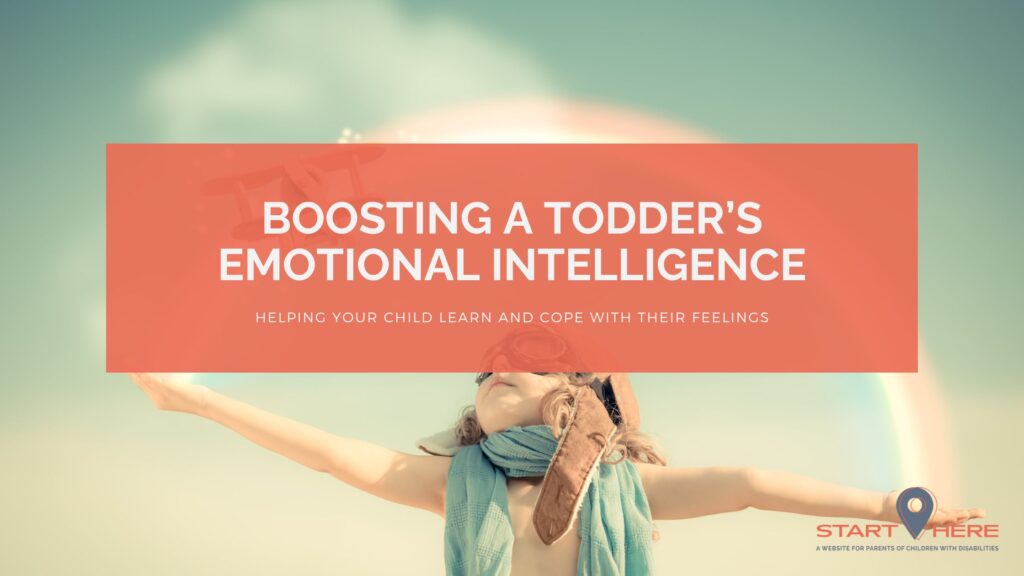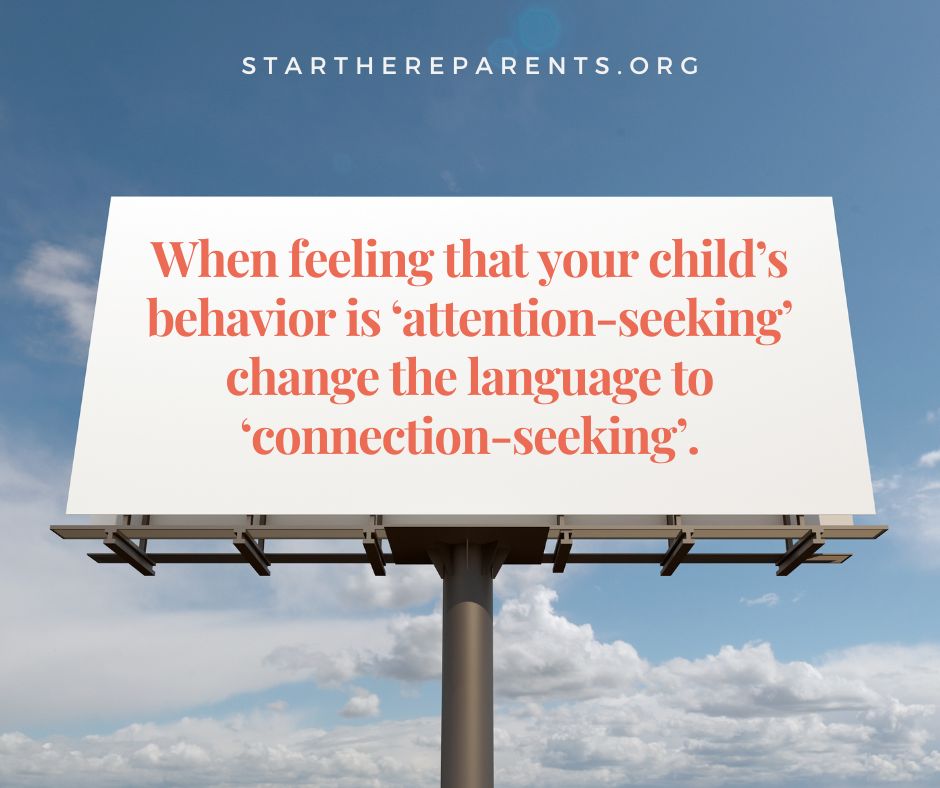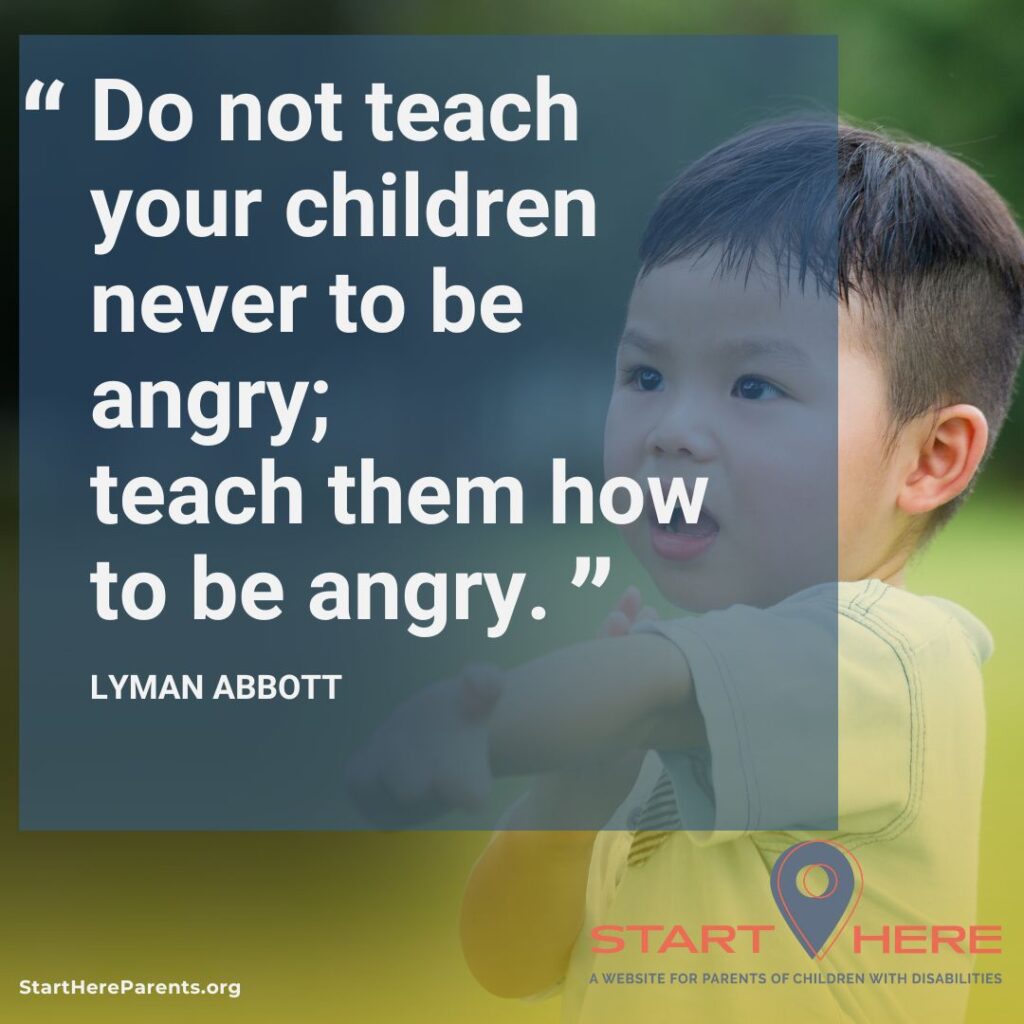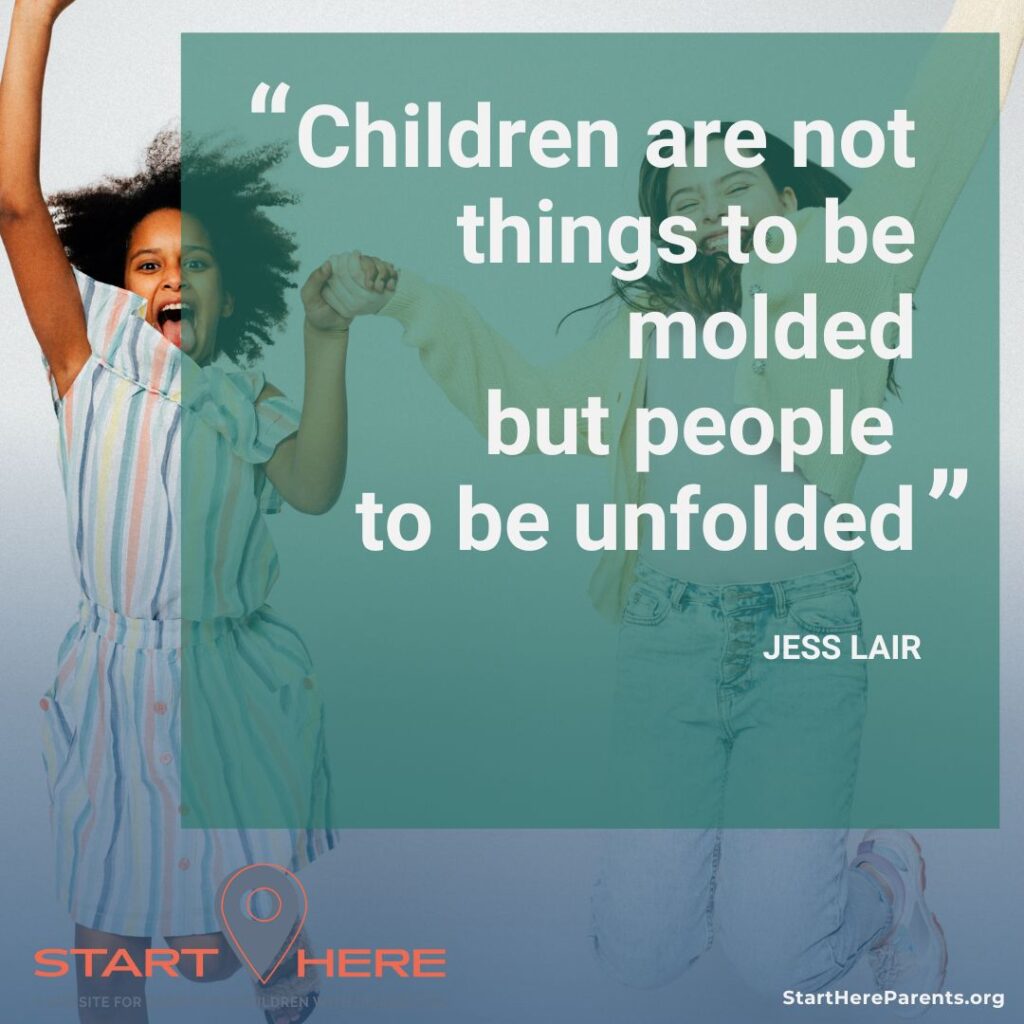Helping your child learn and cope with their feelings and emotions

Be they small, but be they mighty! Your children may be little, but as toddlers their emotions are often BIG. Tantrums, ‘bad’ behavior or big outbursts are often a young person trying to communicate something that they don’t yet have the words for.

We purposely did not title this ‘helping your child manage emotions’ because we feel strongly that the first step to sorting through feelings is actually feeling them. Children are just learning everything about the world and they certainly don’t always understand how to articulate their needs or complicated feelings. This is why the very first step to helping your child express their feelings is helping them learn how to identify them.
Verbally naming and understanding emotions
Like most things with toddlers, this starts with their learning by observing. It might feel unnatural to narrate your every feeling and emotion, but articulating what you are feeling out loud will help toddlers associate language within the right context.
Some examples:
‘I worked so hard on this meal and I burnt it. I feel disappointed. All that hard work and the end result won’t be as good as I had hoped it would be’.
‘I am excited because tomorrow we are going to the book store and I really enjoy looking around. I am happy knowing that I get to choose a new book to read’.
‘Sometimes I get nervous before having to do a presentation at work because public speaking in front of so many people can get my heart racing. I don’t want to forget anything in front of my boss. Then I remember that everyone makes mistakes, and that I have prepared myself well. That makes me feel better’.
You can help your child learn what different emotions are through pictures, songs, games or books.
One way to build naming feelings into your day-to-day is to create a daily time to talk about each other’s day through the lens of emotions.
“Name something you are excited about that you plan to do today”.
“Name something that made you happy today”.
When trying to teach emotions to a child this emotions wheel is a great resource.
Using supportive statements can help your child learn to label their emotions, examples:
“it looks like you are feeling hurt…”
“it sounds like what you are saying is that you are angry, is that because…?”
When children confirm how they are feeling, express their emotions to you, or are having a big emotional reaction it’s important to provide assurance by letting you know that you are there for them.
“I’m not going anywhere”
“You aren’t alone”
“I am right here for you”
Permission to feel
It’s important that young children are allowed to feel all the complex emotions, even the ones that can be challenging. Give them permission to feel and validate those feelings. Children can confuse you validating their feelings for you defining certain outbursts as acceptable (throwing toys, screaming, kicking, etc.) an important differentiator is: ‘All feelings are ok, not all behaviors are ok’. We don’t want to teach our children to repress their emotions as emotional numbness can lead to stress-related illnesses in adults.

When children share a feeling with you giving them the space to feel that is just as important as validating their emotions. Let your children know that you see them as they are with empathizing statements.
“That sounds like a hard situation, I can see how scared that made you”
Help toddlers build the skills to handle their emotions
After you acknowledge and empathize with your toddler that their feelings are important it paves the way for us to teach them how to handle these emotions.
We always want our children to know that we are a safe place for them and that we will be there to support and love them. If your toddler tends to lean towards destructive behaviors, it’s ok to let them know when you don’t agree with what they are doing. Setting clear guidelines and house rules is OK.
“I love you very much and I know that you are frustrated we are leaving the birthday party, but I do not like the way that you are acting in response to that”.
The first step in the moment of feeling a big feeling is to ask your toddler to verbally articulate that emotion. You can also ask them what they wish were different or what they propose happen to solve the issue at hand. You might not be able to do that, and it may be unrealistic, but it could open a dialogue and discussion where you can problem solve together.
Have a calming plan in place. Different things work differently for the little humans in our lives and there are many resources online to help bring a sense of calm to an emotional situation. Some examples:
-Counting down aloud from 10
-Taking deep and long breaths
-Going for a walk
-‘Make a mental list’ – 1 thing you can see – 1 you can smell- 1 you can hear- 1 you can touch
-Self massage like giving themselves a hug or rubbing the place where they feel tight or tense
Moving on
While we never want to rush how our children feel it is important they learn how to bounce back from a big feeling and move forward. Reconnect with them by sending them back to a group activity, sitting down and playing together, or accomplishing a task.
It’s important that young children learn how to handle all the ranges of feelings that are likely to arise in life. Even if you feel they are having a reaction that doesn’t fit the issue or you don’t agree with how they are feeling, it’s important to not be dismissive of their emotions. Meeting them where they are at will help your little one learn how to label, understand, express and communicate, which ultimately will lead to a healthier and happier adult later in life. All children should learn these skills in an environment where they do not feel judged so they grow into humans who can meet others with the same empathy and kindness they learned from you while growing up!

